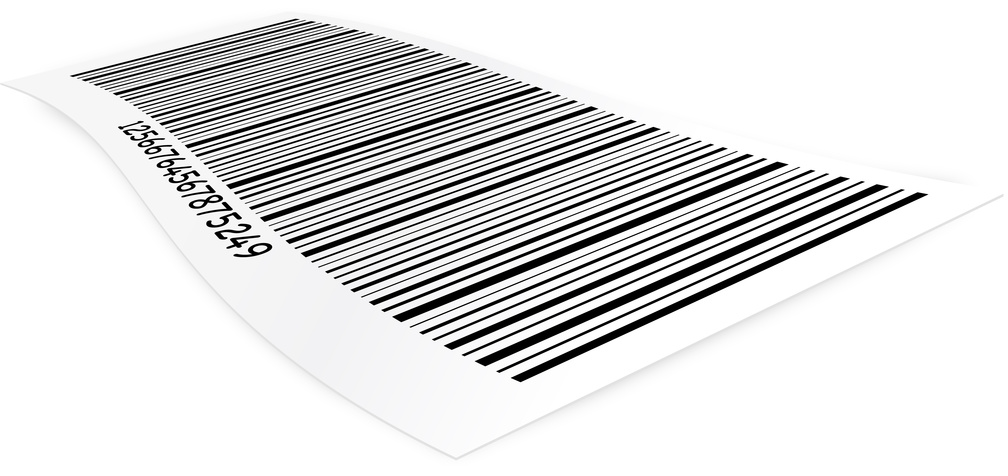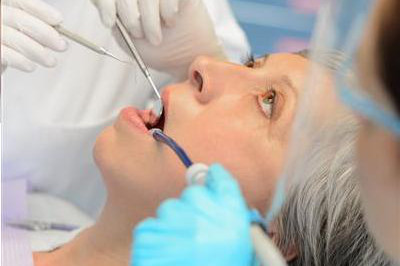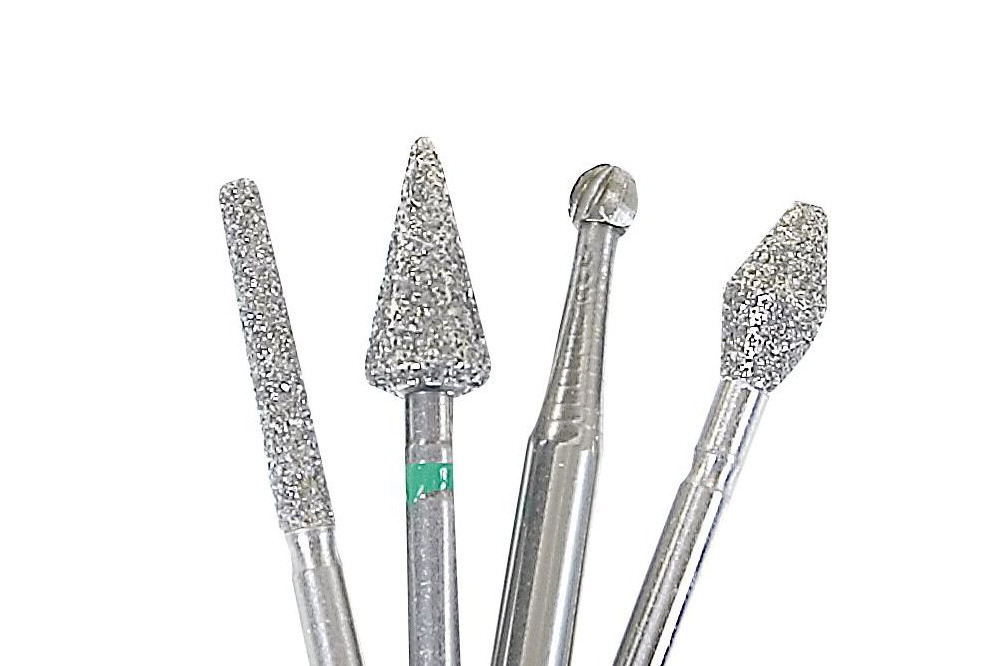
Practice protocol for disinfection
Keeping record of the sterilisation process:
Dental practices have a legal duty to carry out a full sterilisation recording. This recording includes: technical means, equipment calibration and its outcome. All the tests performed on a daily basis such as Helix and Bowie&Dick, ultrasonic diagnostic and steam sterilisation are concerned.
Compliance with this traceability demonstrates the effectiveness of the practice, especially regarding its quality management. It also enables the practice solve problems with a retrospective view of the patients. Different countries have different laws regarding this.
For each sterilisation cycle (including those that do not contain any critical instruments) results must be recorded, and include: the number or code of the vapour control indicator (to identify the machine in which the element has been sterilised).
- The date and time of sterilisation;
- The cycle number or the load;
- The exposure time, temperature & pressure;
- The name of the operator who performed the loading of the autoclave and that of the one having validated the results;
- The contents of the load (the packaging & quantity);
- The parameters used;
- The results of the chemical indicators (note that the conservation isn’t a sufficient tracer of the sterilisation cycle, this could change over time).
When the autoclave is carried out, it is important to keep hold of:
– The test date;
– The brand, lot and the test type conducted;
– The code of the tested autoclave (should the practice have several);
– The operation’s name leading the test;
– The parameters tested.
Tracing the route of the instruments in the practice:
It is crucial to be able to trace the activity of the instruments, especially if they are surgical.




